Katmon Tree
- January 19, 2024
- 0 comment
The Katmon Tree, scientifically known as Dillenia philippinensis, is a remarkable species that graces the landscapes of the Philippines with its majestic presence. Also recognized by various local names such as Philippine elephant apple, monkey jack, and karamunting, this flowering tree holds cultural, ecological, and botanical significance.
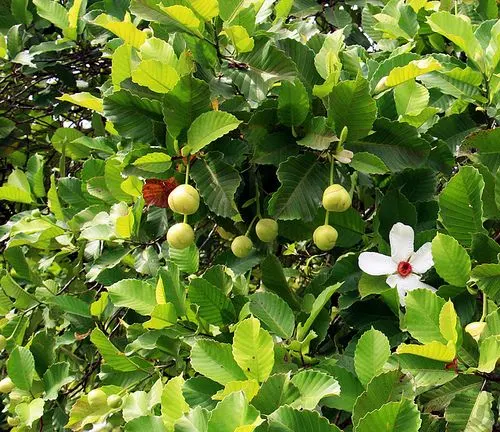
The Katmon Tree is a sight to behold, with its broad, glossy green leaves that can grow up to 30 centimeters in length. Its impressive stature, often reaching heights of 25 meters, makes it a dominant presence in the tropical forests where it thrives. The tree produces large, fragrant flowers that bloom in shades of white, catching the eye of anyone lucky enough to witness its blossoming.
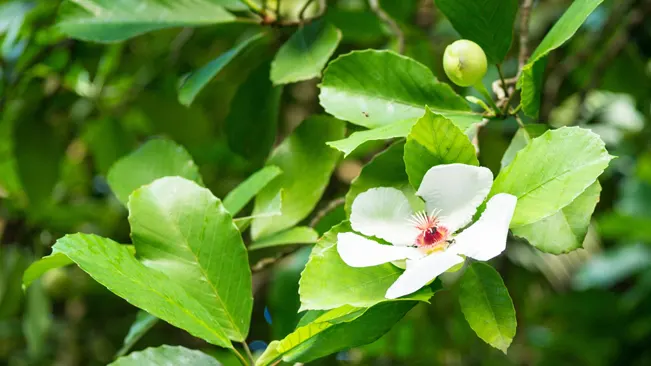
Classification of Katmon Tree
| Characteristics | Description |
|---|---|
| Kingdom | Plantae (Plants) |
| Subkingdom | Tracheophyta (Vascular plants) |
| Superdivision | Spermatophyta (Seed plants) |
| Division | Magnoliophyta (Flowering plants) |
| Class | Magnoliopsida (Dicotyledons) |
| Subclass | Dilleniidae |
| Order | Dilleniales |
| Family | Dilleniaceae |
| Genus | Dillenia |
| Species | Dillenia philippinensis |
Botanical Beauty of Katmon Tree
Foliage
The tree is adorned with large, glossy green leaves that can grow up to 30 centimeters in length. The leaves are simple, alternate, and ovate, creating a lush canopy.
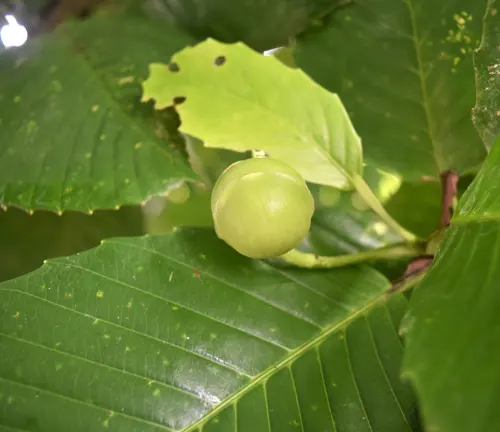

Flowers
One of the most captivating features is its large, fragrant flowers. These blossoms, often white, are visually stunning and add an element of elegance to the tree. The flowers can measure several inches in diameter and may have numerous petals.
Fruits
The tree produces an interesting fruit known as “katmon,” which is a large, woody, and somewhat spherical structure. The fruit, although not commonly consumed by humans, adds to the overall aesthetic appeal of the tree.


Size and Structure
The Katmon Tree is sizeable, often reaching heights of 25 meters. Its substantial presence in the tropical forests contributes to the overall allure of the natural landscape. The tree’s branching structure and broad canopy create a sense of grandeur.
Bark
The bark of the Katmon Tree has its unique charm. Depending on the age of the tree, the bark may be smooth or slightly textured, contributing to the overall visual interest.
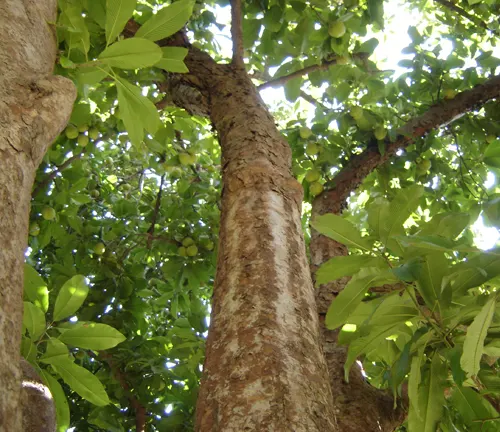
Geographical Distribution

Endemic to the Philippines, the Katmon Tree thrives in various regions across the archipelago. Its adaptability to different ecological conditions has allowed it to establish a presence in both lowland and mountainous areas, contributing to the biodiversity of the Philippine ecosystems
Cultural Significance: Beyond its botanical attributes, the Katmon Tree holds cultural importance in the Philippines. Various parts of the tree, including its fruits and leaves, are utilized in traditional medicine and local cuisines. Additionally, the tree’s presence in folklore and indigenous practices further underscores its significance in the region’s cultural tapestry.
Ecological Role
The Katmon tree plays a vital role in the ecosystems it inhabits. Its large leaves provide shade and contribute to the regulation of local temperatures. The flowers attract pollinators, while the fruits serve as a food source for both wildlife and local communities. The tree’s root system also helps prevent soil erosion, making it an essential component of the Philippine landscape.

Conservation

Despite its adaptability, the Katmon Tree faces threats from habitat loss and deforestation. Conservation efforts are crucial to preserve this species and its ecological contributions. Initiatives such as reforestation and sustainable land management can help safeguard the Katmon Tree for future generations.
Conclusion
The Katmon Tree, with its majestic presence, cultural significance, and potential medicinal properties, exemplifies the wonders that nature bestows upon us. As we strive to coexist harmoniously with the environment, it is essential to appreciate and protect the unique flora that graces our planet, ensuring that future generations can also revel in the enchanting beauty of the Katmon Tree.
Frequently Asked Questions (FAQs)
- What is the scientific name of the Katmon tree?
The scientific name of the Katmon tree is Dillenia philippinensis. - Where is the Katmon tree native to?
The Katmon tree is native to the Philippines. - What are the distinctive features of the Katmon tree’s leaves?
The Katmon tree’s leaves are large, glossy, ovate, and can grow up to 30 centimeters in length. - How tall can a Katmon tree grow?
A Katmon tree can grow up to 25 meters in height. - What is the cultural significance of the Katmon tree?
The Katmon tree holds cultural significance and is used in traditional ceremonies and celebrations, symbolizing purity and natural beauty. - Are there any traditional medicinal uses associated with the Katmon tree?
Extracts from the Katmon tree’s bark and leaves are traditionally used for medicinal purposes, including addressing digestive issues and skin conditions. - Describe the flowers of the Katmon tree.
The Katmon tree produces large, fragrant flowers, often in shades of white, which can measure several inches in diameter. - What is the ecological role of the Katmon tree in its native habitat?
The Katmon tree plays a vital ecological role by preventing soil erosion with its extensive root system and providing habitat for wildlife, contributing to biodiversity. - How is the Katmon tree threatened in terms of conservation?
The Katmon tree faces threats from deforestation and habitat destruction, emphasizing the need for conservation efforts to protect its existence. - Can you explain the bark characteristics of the Katmon tree?
The bark of the Katmon tree may be smooth or slightly textured, and its appearance varies with the age of the tree.


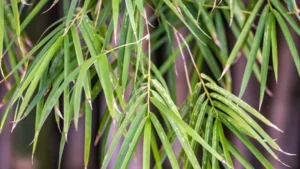

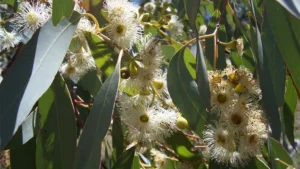
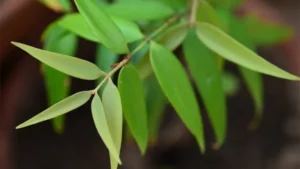
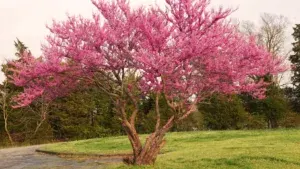

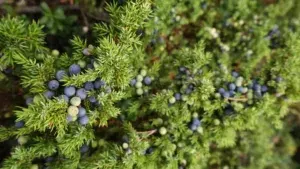
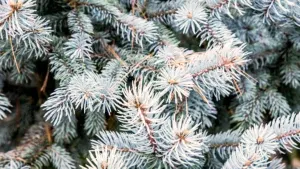


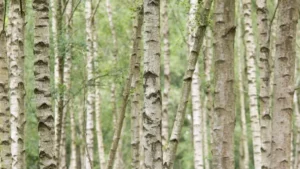

Leave your comment